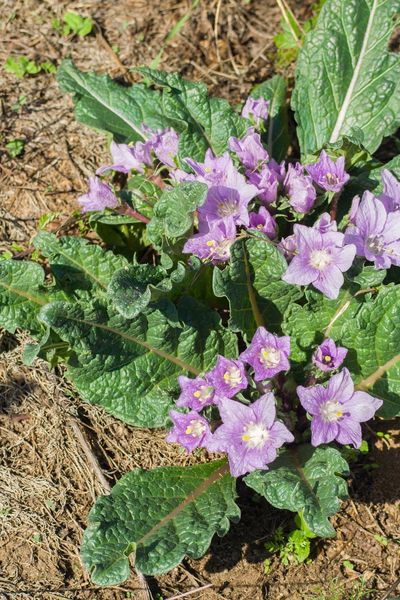With proper care, like watering, this dark (yet beautiful) plant will produce vibrant, dark green foliage and elegant, white and pink-purple blooms.
About Mandrake Care
Mandrakes are perennials that are winter hardy to many growing zones. These toxic plants are generally easy to grow and do well in container culture. As with any toxic plant, special care should be taken to keep them away from kids, pets, or any other potential hazards. Mandrake plants should receive ample amounts of sunlight; however, direct intense exposure to the sun may damage leaves. For best results, frequent fertilization with a balanced fertilizer will help to promote prolonged bloom. In addition to routine plant care, growers will need to pay close attention to mandrake irrigation requirements.
How Much Water Does a Mandrake Need?
When considering how to water mandrake plants, attention to plant drainage is of the greatest importance. Whether planted in the ground or grown in containers, it is important that mandrake plants are situated in soil that is light and well-draining. Container plantings will require multiple drainage holes to ensure that the plant’s needs are met. While well-draining soil is important throughout the entire growing season, it is especially important during times in which the plants are dormant. Overwatering during dormancy (in the winter months) can lead to fungal issues, as well as issues with root rot. Though mandrake water needs will fluctuate, it is best to allow plants to become dry before watering a mandrake plant. This will vary depending upon the season and growing conditions within the gardener’s climate zone. In general, it is best to allow the top few inches (5 to 10 cm.) of soil to completely dry before watering mandrake plants.
